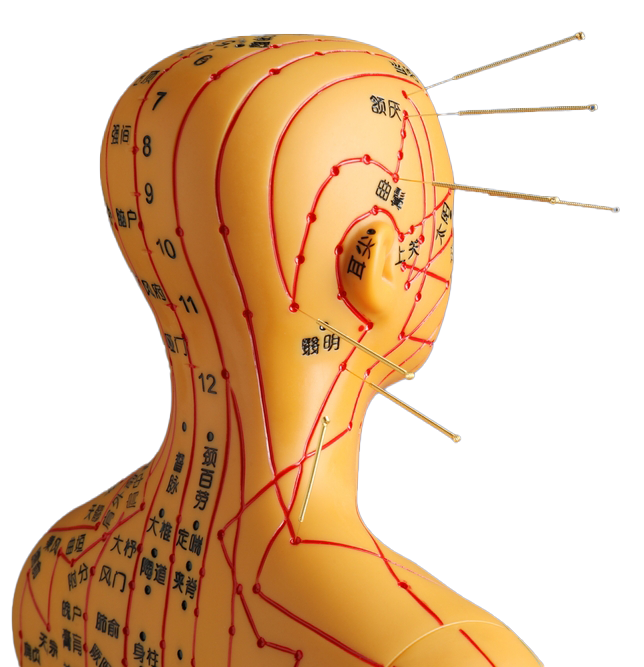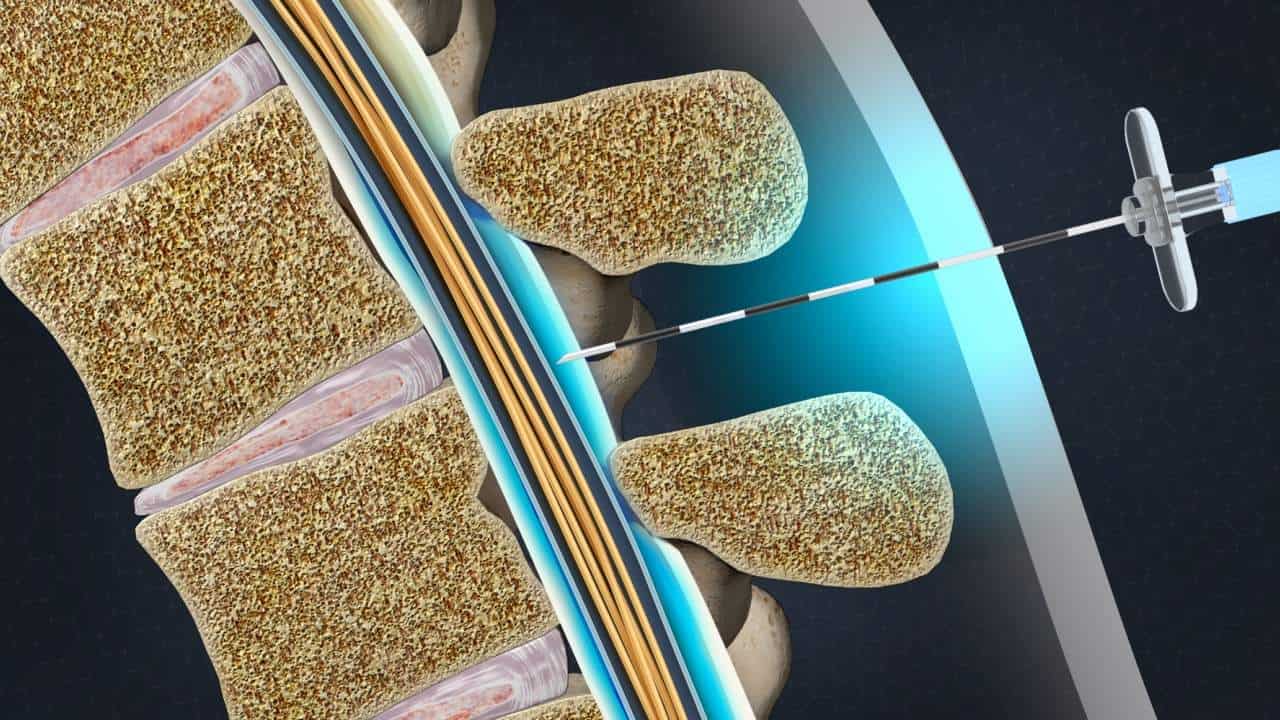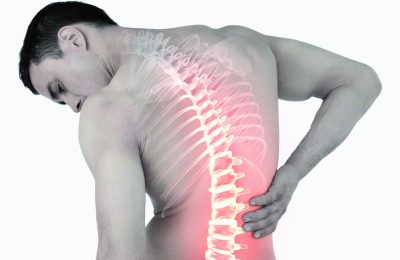- Facet joint Radiofrequency Thermocoagulation (RFT) Treatment
- Radiofrequency Thermocoagulation Dorsal root ganglion (DRG) radiofrequency thermocoagulation (RFT)
- Discitis Procedure
- Sacroiliac Joint Radiofrequency Treatment (Simplicity)
- In-Disc Ozone Therapy
- Nucleoplasty
- Transforaminal Injection (Pinpoint)
- Facet joint block
- Epidural Injection
Permanent Epidural / Spinal Port Application
- Home
- Permanent Epidural / Spinal Port Application
- Permanent Epidural / Spinal Port Application
Contents
Toggle- Creating an individualised treatment plan
- The role of different specialities (physiotherapist, orthopaedist, psychologist, neurosurgeon)
- Pain treatment during pregnancy
- Treatment of chronic pain in the elderly
- Pain management in children
- Stress management
- Healthy eating
- Ergonomic living arrangements
- Exercise and mobility
- Facet joint Radiofrequency Thermocoagulation (RFT) Treatment
- Radiofrequency Thermocoagulation Dorsal root ganglion (DRG) radiofrequency thermocoagulation (RFT)
- Discitis Procedure
- Sacroiliac Joint Radiofrequency Treatment (Simplicity)
- In-Disc Ozone Therapy
- Nucleoplasty
- Transforaminal Injection (Pinpoint)
- Facet joint block
- Epidural Injection
- Cancer pain
- Permanent Epidural / Spinal Port Application
- Vascular Port (Permanent Vascular Access)
- Trigeminal Nerve RFT
- Blockade of Ganglion Stellatum
- Lumbar Sympathetic Ablation
- Facet joint Radiofrequency Thermocoagulation (RFT) Treatment
- Radiofrequency Thermocoagulation Dorsal root ganglion (DRG) radiofrequency thermocoagulation (RFT)
- Hernia Burning (IDET)
- Discitis Procedure
- Sacroiliac Joint Radiofrequency Treatment (Simplicity)
- Permanent Epidural / Spinal Port - Pump System
- In-Disc Ozone Therapy
- Nucleoplasty
- Peripheral Nerve Block
- Transforaminal Injection (Pinpoint)
- Facet joint block
- Epidural Injection
- Intra-articular Fluid Treatment
- Dorsal root ganglion (DRG) radiofrequency thermocoagulation (RFT)
- Spinal cord stimulation (pain pacemaker)
- Ergonomic living arrangements
- Spinal cord stimulation (pain pacemaker)
- Nucleoplasty
- Radiofrequency ablation
- Herbal solutions
- Dry needle treatment
- Anti-ageing treatments
- Ozone therapy
- Cupping therapy - Cupping
- Mesotherapy
- Prolotherapy
- Acupuncture
- Stem Cell Therapy
- Nerve blockages
- Corticosteroid injections
- Massage and relaxation techniques
- Manual therapy
- Electrotherapy
- Neuropathic pain medications
- Anti-inflammatory drugs
- Muscle relaxants
- Painkillers (paracetamol, ibuprofen, etc.)
Permanent epidural or spinal port application is a medical procedure usually used for long-term pain management, post-surgical pain management or to relieve symptoms of chronic diseases (e.g. cancer pain). This application is used to ensure continuous medication intake and improve the quality of life of patients. Here are the details of this method:
What is a Permanent Epidural / Spinal Port?
A permanent epidural or spinal port is a system for the continuous delivery of medication to the epidural or spinal area around the spine. This port system usually includes a catheter and a reservoir (port) placed under the skin.
- Epidural Port: It is placed in the epidural space and is usually used for nerve blockade or pain control.
- Spinal Port: It allows medication to be delivered into the spinal fluid and offers a more direct effect.
Who is it suitable for?
- Cancer patients To control severe and chronic pain.
- Post-operative patients: When long-term pain control is required.
- Chronic pain syndromes: Especially in cases that cannot be controlled with medication.
- Palliative care patients: For pain control at the end of life.
How is the procedure performed?
- Evaluation: The patient's condition, pain level and general health status are assessed.
- Anaesthesia The patient can be given local or general anaesthesia during the application.
- Catheter Placement: A thin catheter is inserted into the epidural or spinal space.
- Port Placement: One end of the catheter is connected to the port reservoir placed under the skin.
- Testing and Monitoring: The system is tested and adjustments are made according to the patient's medication needs.
Advantages
- Provides continuous pain control.
- No oral or intravenous medication is required.
- There are fewer side effects because the medication is applied directly to the target area.
- It increases the patient's freedom of movement and improves quality of life.
Risks and Side Effects
- Infection Risk of infection at the site of port insertion.
- Catheter blockage: The catheter becomes blocked or dislodged over time.
- Nerve damage In very rare cases, nerve damage may occur.
- Drug reactions: Possible allergic reactions to the administered medicine.
Post-Application Care
- Regular cleaning and hygiene of the port area should be observed.
- The dosage and programme prescribed by the doctor should be followed.
- If there are any signs of infection (redness, swelling, fever), consult a doctor immediately.
Permanent epidural or spinal port application is an effective method to control chronic pain and improve the quality of life of patients. However, it may not be suitable for every patient and therefore a detailed evaluation by a specialist is required.
Our treatments
- Home
- Permanent Epidural / Spinal Port Application
- Permanent Epidural / Spinal Port Application





